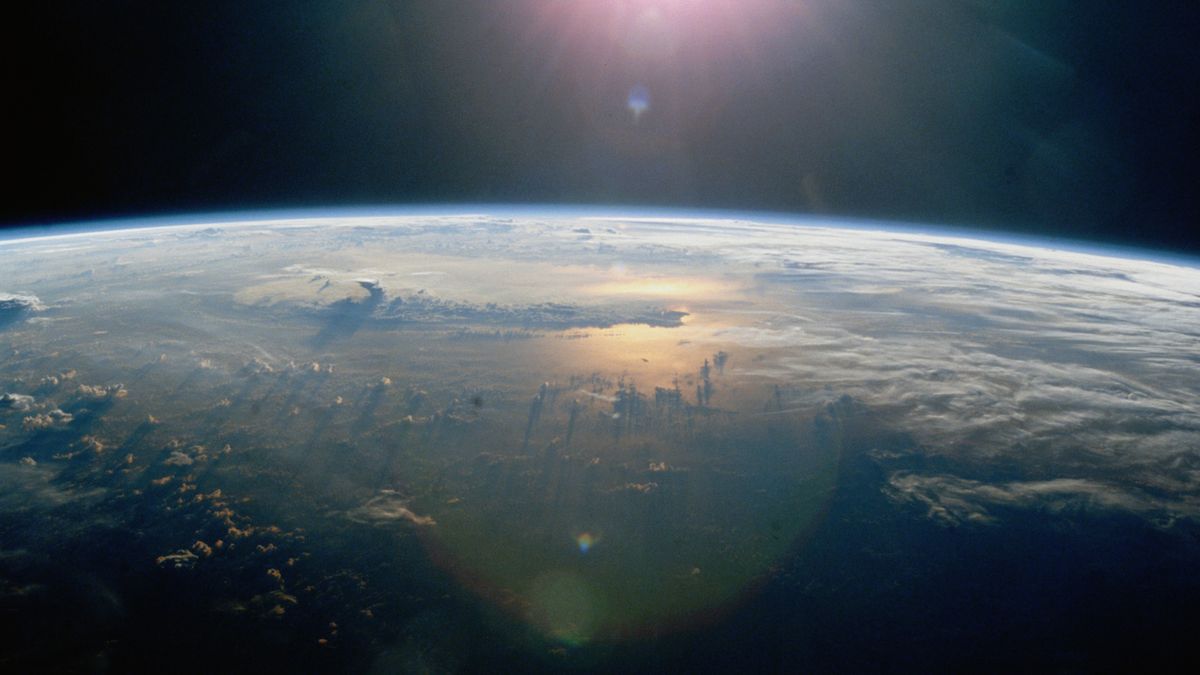Researchers have simulated an El Niño-like climate pattern in the Pacific Ocean and found that it affects winds and sea temperatures across the entire Southern Hemisphere.
The pattern begins with warming seas near New Zealand and Australia that trigger a wave of temperature changes south of the equator.
Climate scientists have known about a pattern affecting sea surface temperature fluctuations in the region since 2021, but they didn’t understand how it worked. In a new study published July 6 in the Journal of Geophysical Research: Oceans, researchers successfully simulated the pattern for the first time. They named the climate phenomenon the “Southern Hemisphere Circumpolar Wavenumber-4 Pattern” (SST-W4).
“This discovery is like finding a new switch in Earth’s climate,” study lead author Balaji Senapati, a postdoctoral researcher in climate dynamics at the University of Reading in the U.K., said in a statement. “It shows that a relatively small area of the ocean can have wide-reaching effects on global weather and climate patterns.”
Related: All El Niños will be extreme if climate change isn’t slowed, study suggests
This SST-W4 pattern shares some characteristics with El Niño, a climate cycle in the Pacific Ocean that influences weather patterns worldwide and has a warming effect. However, the SST-W4 pattern occurs independently of El Niño and other known weather systems.
To track the pattern, the researchers used a climate emulator called SINTEX-F2 to simulate 300 years of climate conditions, according to the study. The modeling revealed year-to-year fluctuations in sea surface temperatures between December and February, caused by a circling pattern of four alternating warm and cool areas.
The wave-like pattern ripples out from its starting point in the southwestern subtropical Pacific and travels around the Southern Hemisphere on strong winds, according to the statement.
Now that researchers have simulated the SST-W4 pattern, they can better predict weather events south of the equator.
“Understanding this new weather system could greatly improve weather forecasting and climate prediction, especially in the Southern Hemisphere,” Senapati said. “It might help explain climate changes that were previously mysterious and could improve our ability to predict extreme weather and climate events.”














/https://tf-cmsv2-smithsonianmag-media.s3.amazonaws.com/filer_public/34/31/3431771d-41e2-4f97-aed2-c5f1df5295da/gettyimages-1441066266_web.jpg)





Discussion about this post